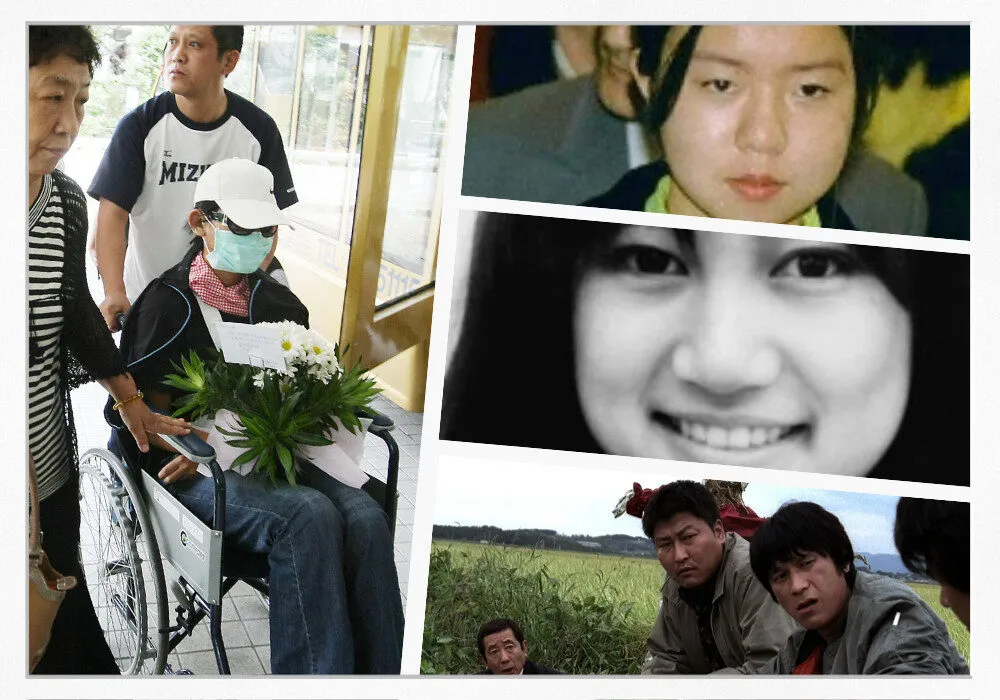Trigger Warning: The following article discusses sexual abuse and violence, which may be distressing for some readers.
Beneath the surface of Asia’s dynamic societies and prosperity lies a darker reality, marked by a history of tragic and gruesome crimes. These stories of horrific acts, deception, and shocking cruelty have not only captured global attention but have also exposed profound human darkness in the most harrowing ways. Examining some of the most severe true crime cases in Asia reveals unsettling truths behind the headlines – narratives that continue to haunt communities and provoke difficult conversations about justice, society, and human nature.
Read More: Binge If You Dare – Best Scary Movies To Scream About!
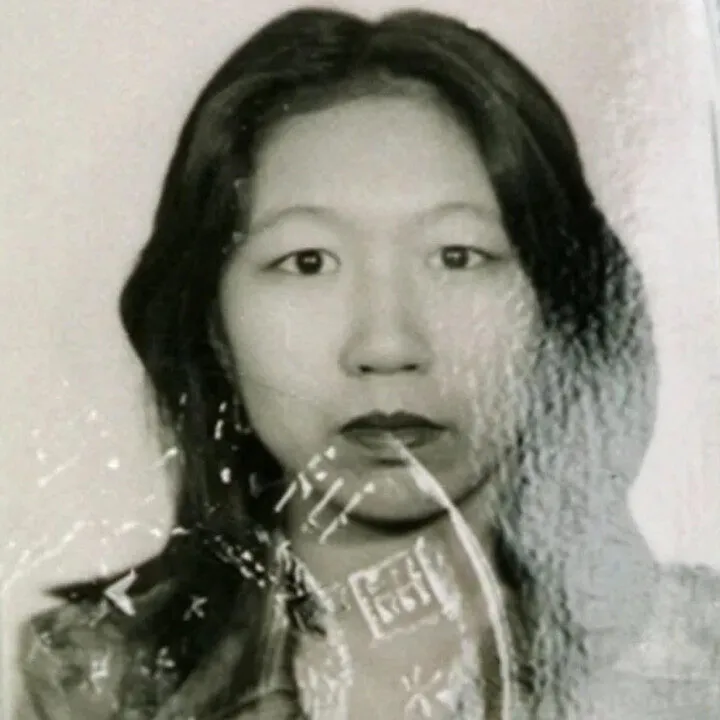
The Hello Kitty Murder, Hong Kong
Beneath Hong Kong’s dazzling skyline lies a story so grotesque it still sends a collective shiver down spines decades later. The ‘Hello Kitty Murder’ is not an ordinary crime tale, but a chilling fusion of brutality and bizarre cruelty that captured worldwide attention. In 1999, Fan Man-yee, a young nightclub hostess, was kidnapped by three gang members and a teenage girl over a financial dispute. For weeks, she was subjected to appalling torture in a Tsim Sha Tsui flat. After her death, her body was dismembered and disposed of across the city. The case became a haunting urban legend, however, only when investigators discovered Fan’s skull sewn inside a Hello Kitty mermaid plush toy.
The macabre details sparked a media frenzy in Hong Kong, with the public gripped by disbelief as the story unfolded. The perpetrators were ultimately convicted of manslaughter and sentenced to life imprisonment, as the exact cause of Fan’s death – likely the result of prolonged abuse rather than a single act – remained unclear. In a city known for its low violent crime rate, the gruesome use of an innocent childhood icon to conceal such horror remains a tragic stain on its history.

The Murder Of Junko Furuta, Japan
In late 1988, the kidnapping of 17-year-old Junko Furuta by four teenage boys in Misato, Saitama Prefecture, marked the beginning of a 40-day ordeal that would horrify Japan. What began with the simple act of kicking her off her bicycle spiraled into an unimaginable nightmare of relentless physical, sexual, and psychological torture. Held captive in the home of one of her assailants in Adachi, Tokyo, Junko was subjected to unspeakable acts, including repeated rape, severe beatings, and being burned with lighters. Forced to call her parents and claim she had run away, her every attempt to escape was met with further brutality.
Her torture ended only on January 4, 1989, after a bad loss in a game of mahjong prompted her captors to subject her to a prolonged and fatal beating. In a desperate attempt to cover their tracks, the boys sealed her body in a concrete-filled oil drum and dumped it at a construction site. The murder only came to light when one of the perpetrators, under interrogation for a separate crime, revealed the truth, leading to the recovery of Junko’s remains.
The case sparked national fury, intensified by the fact that all those responsible received prison sentences far short of life imprisonment or the death penalty. Decades later, the sheer brutality of Junko Furuta’s suffering remains a dark and lasting stain on Japan’s modern history.
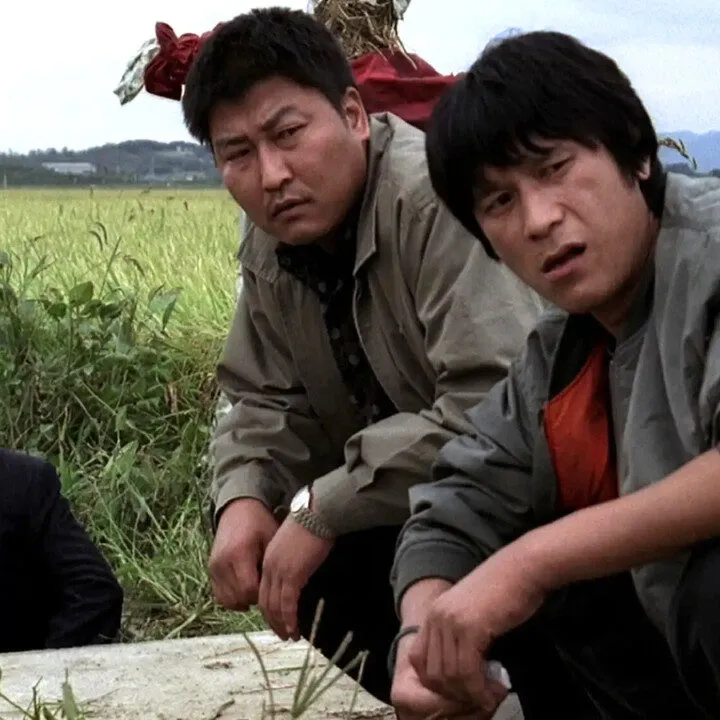
The Hwaseong Serial Murders, South Korea
For five years, from 1986 to 1991, a serial killer terrorised the sleepy rural city of Hwaseong, marking one of South Korea’s most notorious cold cases. At least ten women were assaulted, raped, and strangled with their own clothing, their ages ranging from teenagers to the elderly. The sheer brutality sparked the largest criminal investigation in the nation’s history, gripping a country largely unfamiliar with such crimes. For years, the case defied resolution, and its shadow lingered for decades, becoming seared into the public consciousness through pop culture – most notably in Bong Joon-ho’s acclaimed film ‘Memories of Murder,’ which captured the collective dread of the unsolved mystery.
It took a nearly 30-year wait and a major leap in DNA forensics to finally unmask the killer. The perpetrator was Lee Choon-jae, who was already serving a life sentence for another murder. After evading identification for decades, Lee eventually confessed to 14 murders and nine rapes connected to the Hwaseong case. This breakthrough not only closed one of South Korea’s darkest chapters but also rectified a grave injustice: the wrongful conviction of an innocent man, Yoon Sung-yeo, in 1989. The subsequent charges brought against the police for their abusive, coercive tactics in obtaining Yoon’s confession further highlighted the case’s devastating and long-lasting impact on the nation’s legal system and collective psyche.
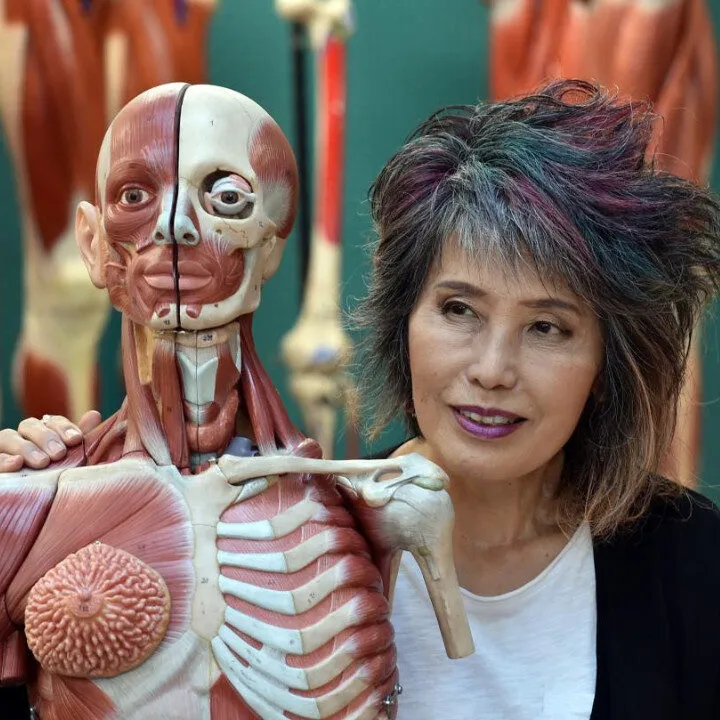
The Murder Of Jenjira Ployangunsri, Thailand
The year 1998 opened with a crime that would appall Thailand: the murder of Jenjira Ployangunsri, a brilliant 23-year-old medical student, by her boyfriend and fellow student, Serm Sakhonrat. Following a violent argument in his Bangkok apartment, Serm shot Jenjira in the head. His subsequent actions to cover up the crime were particularly gruesome; he dismembered her body, disposing of parts in the apartment’s septic tank and flushing others, while her skull and bones were transported in garbage bags to a distant river.
The investigation into Jenjira’s disappearance quickly became a media circus, driven by Serm’s evasion of police and his constantly shifting story. This case proved to be a turning point for Thai forensics, marking the first major use of DNA analysis and launching the public profile of Dr. Porntip Rojanasunan, the pathologist renowned for her work and distinctive style. While Serm was convicted of premeditated murder and initially sentenced to death, his confession led to a commutation to life imprisonment. However, further sentence reductions saw him walk free in under 14 years – an outcome that sparked public outrage and compounded her family’s grief. More than a tragic tale of relationship violence, the case forever changed the landscape of forensic science in Thailand, leaving behind an enduring imprint of uncomfortable questions about the nature of justice and the finality of punishment.
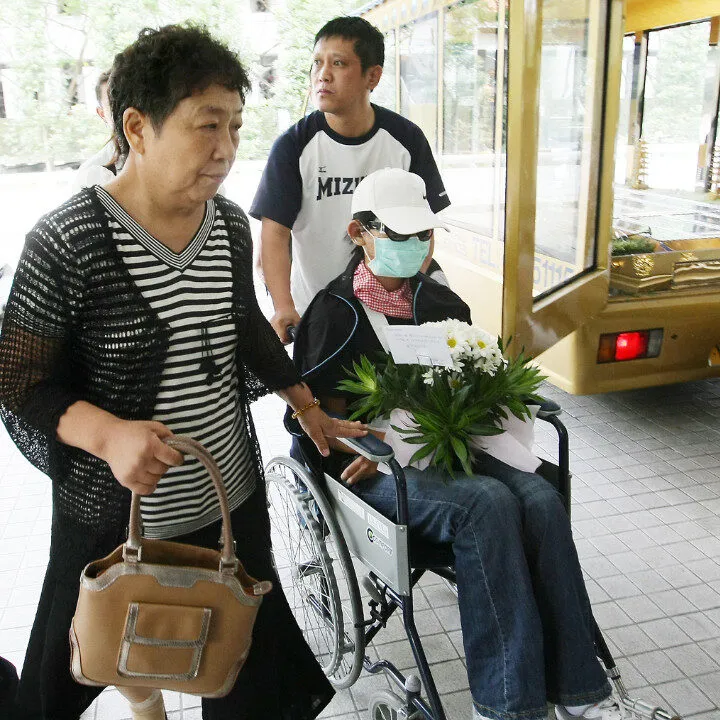
The Yishun Triple Murders, Singapore
Singapore’s long-standing reputation for safety was profoundly shaken in 2008 by the brutal Yishun Triple Murders. The case involved Wang Zhijian, a visitor from mainland China, who killed three women during a violent domestic dispute with his girlfriend, Zhang Meng, in their rented Yishun flat. The victims – Zhang, her 17-year-old daughter Feng Jianyu, and their flatmate Yang Jie – were discovered in a scene of horror. Yang Jie fell to her death while attempting to escape, and her own teenage daughter survived only after sustaining multiple stab wounds.
The ensuing trial gripped the nation. Wang was swiftly charged with three counts of murder, but his defense argued he was suffering from an adjustment disorder, which diminished his responsibility. The court initially accepted this, convicting him of the lesser charge of culpable homicide for two of the killings. However, in a pivotal reversal, the appeals court overturned this ruling. The judges found Wang fully responsible for murder in all three cases, particularly for the death of Yang Jie, and he was subsequently sentenced to death.
The case, from its shocking violence to the legal twists that followed, exposed a sobering truth: even the safest and most orderly societies are not immune to the darkness that can reside within the human heart.
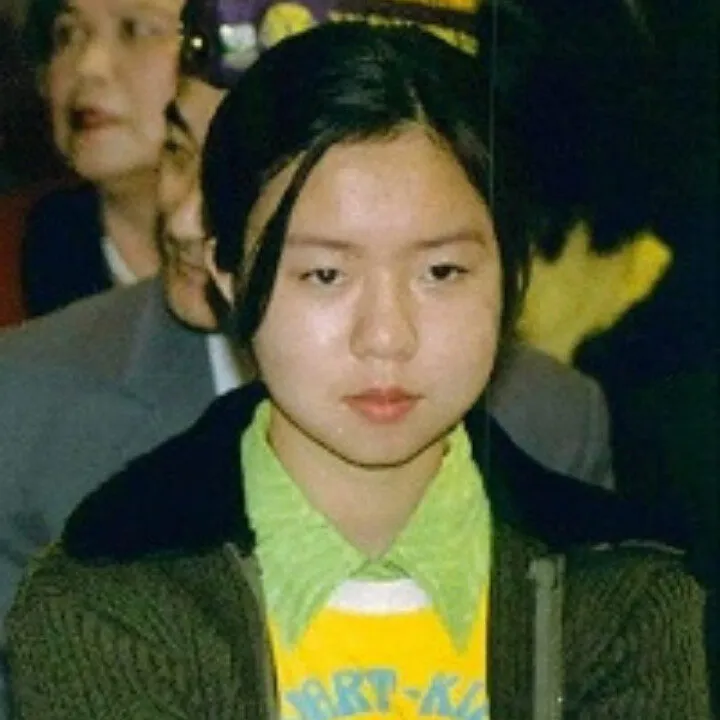
The Murder Of Pai Hsiao-yen, Taiwan
The peaceful façade of Taiwanese society was shattered in April 1997 by the harrowing abduction of Pai Hsiao-yen, the 16-year-old daughter of famous television star Pai Bing-bing. While on her way to school one morning, Pai was kidnapped. Her family soon received a ransom note demanding five million US dollars, delivered with severed pieces of the teenager’s finger and a chilling photograph. Despite police efforts and tense negotiations, Pai was murdered within days; her mutilated body was only discovered weeks later, weighted down in a drainage ditch.
Led by Chen Chien-hsing, the kidnappers then embarked on a months-long crime spree involving further abductions and deadly shootouts with police. The case gripped the island in terror, sparking an island-wide manhunt that led to the deaths of two of the three criminals. The ordeal culminated in a dramatic hostage crisis at the home of South African military attaché Edward McGill Alexander, where Chen finally surrendered. The crime wave left the public deeply shaken, exposing critical weaknesses in law enforcement and media handling. The tragedy left a lasting scar on Taiwanese society, prompting widespread calls for justice and reform. Though Chen Chien-hsing was convicted and executed in 1999, the painful memory of Pai Hsiao-yen’s murder endures as a gloomy chapter in Taiwan’s history.
Born in Korea and raised in Hong Kong, Min Ji has combined her degree in anthropology and creative writing with her passion for going on unsolicited tangents as an editor at Friday Club. In between watching an endless amount of movies, she enjoys trying new cocktails and pastas while occasionally snapping a few pictures.


